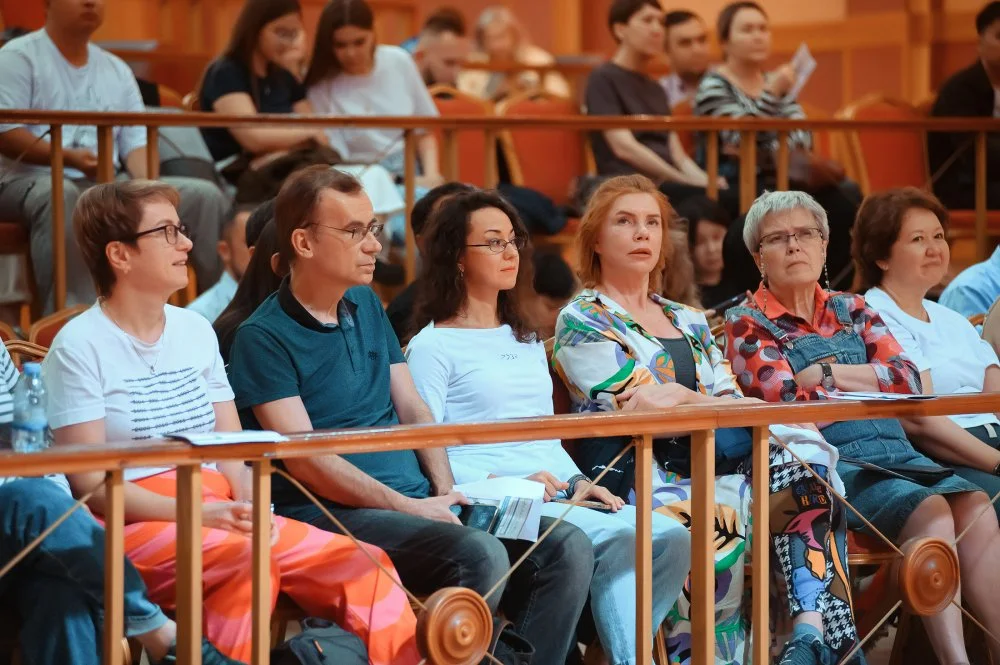Zira Nauryzbai, a well-known cultural historian and researcher of Kazakh mythology, notes that when an ethnic group adopts a new religion, ancient deities become lower-status characters within demonology, turning into "shaitans, peris, and jinns."
She discussed this during her lecture, "Female Images in Kazakh Mythology." The event was organized by the multi-platform scientific and educational project Qalam Global in the city of Karaganda.

Zira Nauryzbay Lecture/Evgeny Tkachenko
Zira Nauryzbai notes that the value of myths lies not only in their descriptions of ancient people's worldview. "Often, the words 'mythology' and 'myth' are perceived as fiction.
During the lecture, the Qalam Global author discussed in detail the female figures in Kazakh mythology, such as Umai Ana, Mystan Kempir, Zheztyrnak, Zhalmauyz Kempir, Ot Ana, the Celestial Old Woman Koklen, Albasty, Peri, and many others. A separate section of the lecture was dedicated to female characters from Kazakh epics.
Zira Nauryzbai is a renowned cultural historian, researcher of Kazakh mythology, writer, and screenwriter. She holds a PhD in Philosophy and is the author of several books ( available in Kazakh and Russian languages), including "The Eternal Sky of the Kazakhs," "Four Clouds," "On Serikbol Kondybay’s Female Images in the Mythology of Pre-Kazakhs," "Subject(ive) Kazakh Culture" (co-authored with Talasbek Asemkulov), a series of children's books based on Kazakh mythology "The Adventures of Batu and His Friends" (co-authored with Liliya Klaus), and the novel "The Rival."
